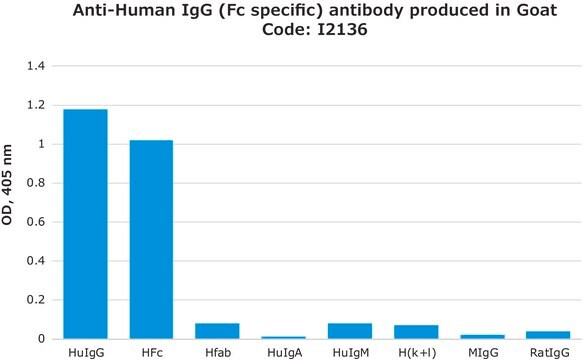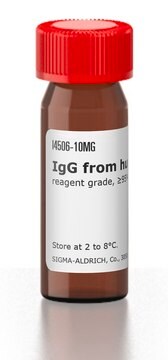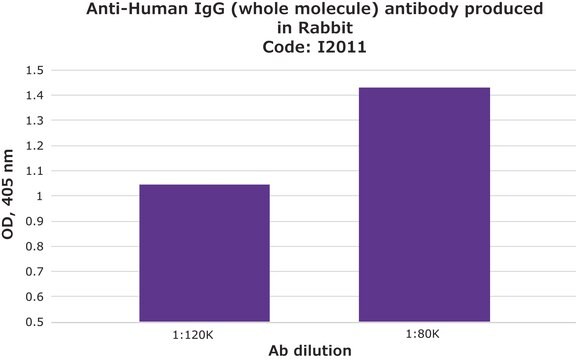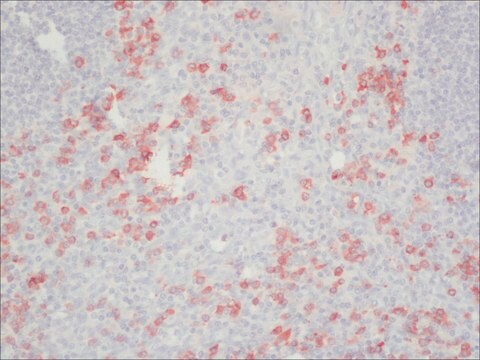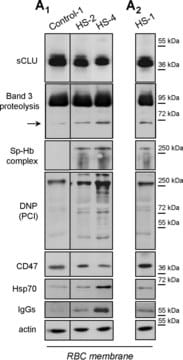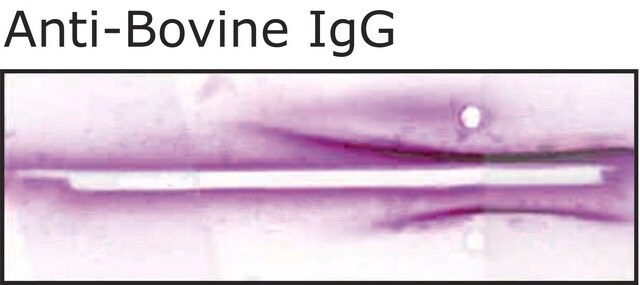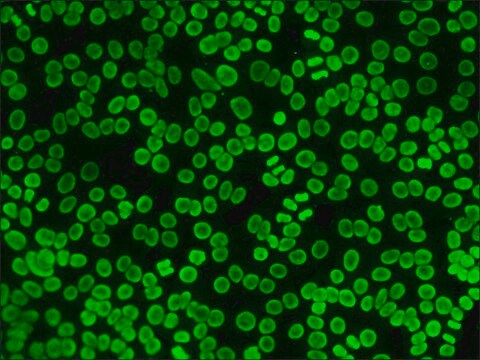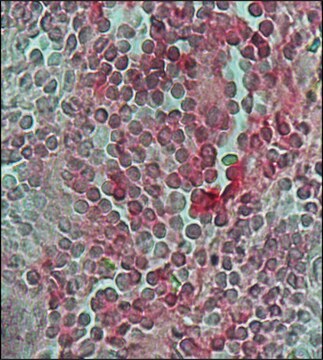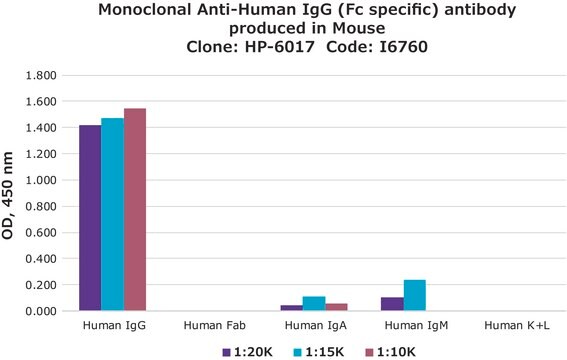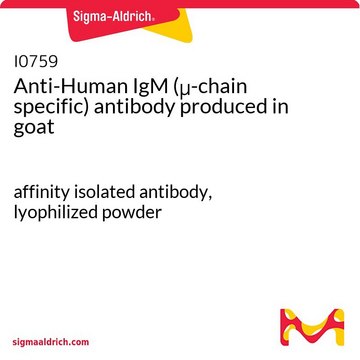I8635
Anti-Human IgG (whole molecule) antibody produced in rabbit
whole antiserum
Sign Into View Organizational & Contract Pricing
All Photos(3)
About This Item
Recommended Products
biological source
rabbit
conjugate
unconjugated
antibody form
whole antiserum
antibody product type
secondary antibodies
clone
polyclonal
contains
15 mM sodium azide
technique(s)
indirect ELISA: 1:60,000
quantitative precipitin assay: 2.5 mg/mL
shipped in
dry ice
storage temp.
−20°C
target post-translational modification
unmodified
Looking for similar products? Visit Product Comparison Guide
General description
Immunoglobulins (Igs) belongs to the immunoglobulin super-family. There are five different types of Immunoglobulins. Each immunoglobin has two heavy (H) and two light (L) chains, held together by disulphide linkages. Each light chain comprises of one variable N-terminal region and a constant C-terminal region. Heavy chain has one variable N-terminal region and three or four constant (CH1-CH4) C-terminal regions. The four classes of IgG can be IgG1, IgG2, IgG3, and IgG4.
Application
Anti-Human IgG (whole molecule) antibody produced in rabbit has been used in enzyme linked immunosorbent assay.
Biochem/physiol Actions
IgG antibody subtype is the most abundant of serum immunoglobulins of the immune system. It is secreted by B cells and is found in blood and extracellular fluids and provides protection from infections caused by bacteria, fungi and viruses. Maternal IgG is transferred to fetus through the placenta that is vital for immune defense of the neonate against infections.
IgG1 deficiency results in hypogammaglobulinemia. IgG2 deficiency increases susceptibility to bacterial infections, IgG3 mediates effector functions and IgG4 is associated with asymptomatic infection. IgG antibodies have enormous therapeutic potential and the Fc region is for the development of therapeutic antibody.
Preparation Note
delipidized
Disclaimer
Unless otherwise stated in our catalog or other company documentation accompanying the product(s), our products are intended for research use only and are not to be used for any other purpose, which includes but is not limited to, unauthorized commercial uses, in vitro diagnostic uses, ex vivo or in vivo therapeutic uses or any type of consumption or application to humans or animals.
Not finding the right product?
Try our Product Selector Tool.
Storage Class Code
10 - Combustible liquids
WGK
WGK 3
Flash Point(F)
Not applicable
Flash Point(C)
Not applicable
Personal Protective Equipment
dust mask type N95 (US), Eyeshields, Gloves
Choose from one of the most recent versions:
Already Own This Product?
Find documentation for the products that you have recently purchased in the Document Library.
Customers Also Viewed
Antibodies reacting with human immunoglobulin in sera from autoimmune thyroid disease patients as a risk factor for false positive results in IgA assessment
Haroun M and El-Masry MH
Central European Journal of Immunology, 33, 208-212 (2008)
Yufeng Tong et al.
Proceedings of the National Academy of Sciences of the United States of America, 107(47), 20346-20351 (2010-11-09)
Phosphatidylinositol 3,4,5-triphosphate (PIP3) plays a key role in neuronal polarization and axon formation. PIP3-containing vesicles are transported to axon tips by the kinesin KIF13B via an adaptor protein, centaurin α1 (CENTA1). KIF13B interacts with CENTA1 through its forkhead-associated (FHA) domain.
Molecular properties of human IgG subclasses and their implications for designing therapeutic monoclonal antibodies against infectious diseases
Irani V, et al.
Molecular Immunology, 67 (2015)
IgG subclasses and allotypes: from structure to effector functions
Vidarsson G, et al.
Frontiers in Immunology, 5(2), 520-520 (2014)
Structure and function of immunoglobulins.
Schroeder Jr H W and Cavacini L
The Journal of Allergy and Clinical Immunology, 125(2), S41-S52 (2010)
Our team of scientists has experience in all areas of research including Life Science, Material Science, Chemical Synthesis, Chromatography, Analytical and many others.
Contact Technical Service